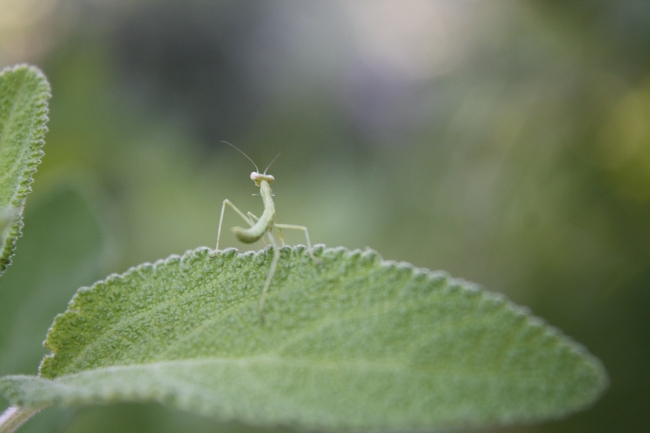- Author: Cheryl A Potts
I love pouring over seed catalogs and gardening magazines. I greatly enjoy picking my sweet peas and harvesting my chard and lettuce. I relish writing about gardens and sitting at our Master Gardener's table at the Vacaville Farmers Market on a sunny Saturday morning, talking with home gardeners about their plant problems and chatting with fellow Master Gardeners.
What I do not love has been trying to learn the technical side of gardening--the chemistry, the science of what makes it work. I got as far as biology in high school, but became turned off to science at the dissection of that poor frog.
However, as an adult Master Gardener, it is time I looked reality in the eye, planted my feet firmly on my nutrient-poor soil, and learn some science.
I have decided to to start with nitrogen. Why? Because it is the first number listed on fertilizer labels, and I really want to understand what that means.
Researching nitrogen, I discovered it is the 5th most common element in the universe and makes up 78% of the earth's atmosphere. Bringing it down to more useful information for a gardener, nitrogen is an essential nutrient that is a naturally an inert gas which needs to be "fixed"or drawn out of the air and converted to a form usable to a plant. Simply stated, plants without sufficient nitrogen display poor or stopped growth and/or pale green or yellowing leaves due to the fact that they are not able to make sufficient chlorophyll. Therefore, photosynthesis cannot occur.
One can recognize nitrogen deficiency by noticing spindly stems, the pale or yellowing of leaves, especially of the most mature ones, and wilting of sufficiently watered plants, even if the weather is not overly warm. It is good to know which plants are most commonly are effected by nitrogen deficiency so as to keep an eye out. These are fruit trees, vegetable plants, and broad leafed evergreens.
The good news is that gardeners can manage the nitrogen content of their soil several ways. One method is adding organic materials by actually planting crops in the fall or very early spring that fix nitrogen. These would be legumes used as a cover crop, including alfalfa, clover, hairy vetch, or peas, as these plants actually work the bacteria in the soil to absorb nitrogen from the air and place it in the tiny root nodules. This is called "nitrogen fixation". These plants, when mature, are to be chopped up and dug into the soil.
Another material to get nitrogen into the soil is manure from grass eating animals. Let the manure age at least 6 months before using to prevent burning of your plants. Poultry manure is also a good source, but let it air out for 4 months before using. Bone meal is a fast acting fertilize, but can also burn plants. Mix with water or dig it lightly into the soil. Crab meal, feather meal, alfalfa meal, soybean and cottonseed meal are all also recommend. Just be very sure to do a little research, know what your plant needs, and follow directions exactly.
So what does all this have to do with that first number on the fertilizer bag? There are always three numbers, and those numbers simply tell you what the percentage is of each of the three main nutrients found inside the box. The first number is for nitrogen, represented in chemistry by a capital "N". The second number is for phosphorus, represented by a "P", and the third number, represented by a "K" , tells you the percentage of potassium. So if you are wanting a deep green lawn or lush, green kale, you would use a product with a high first number.
So what would be the reasoning for looking for a higher second or third number? To find out, read my blog next month as I explore phosphorus. Meanwhile, work on memorizing N-P-K along with me, and you will be a tad closer to being a real science type.




